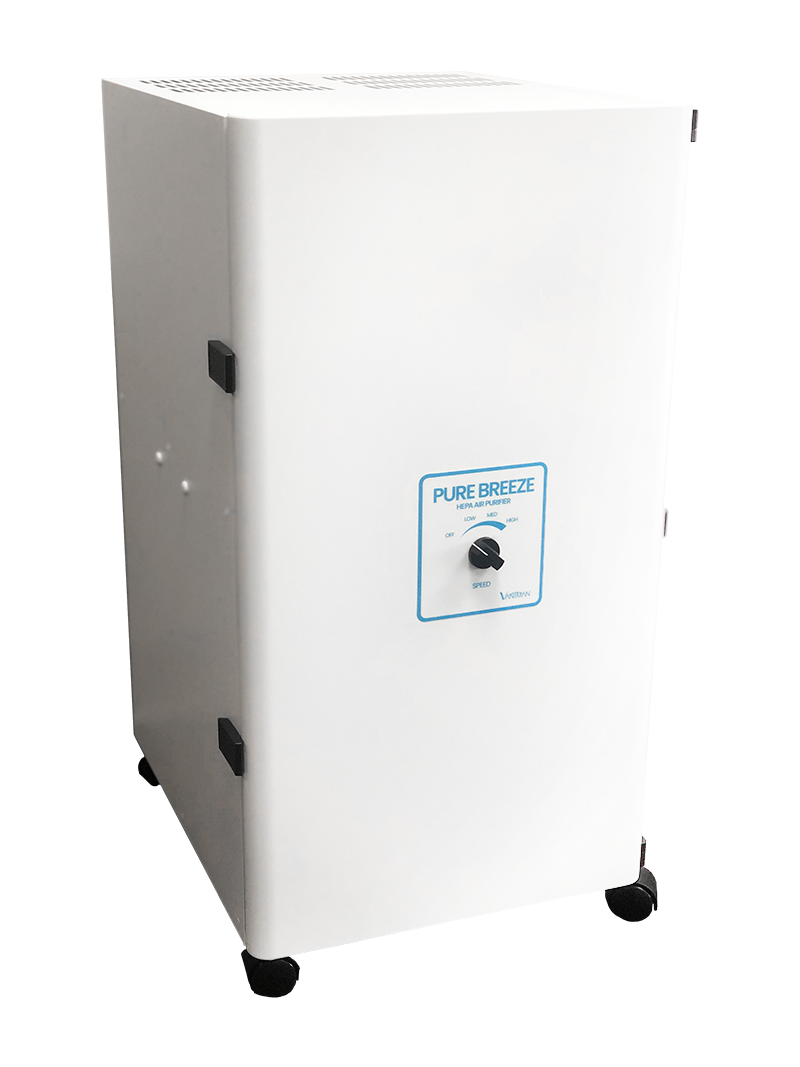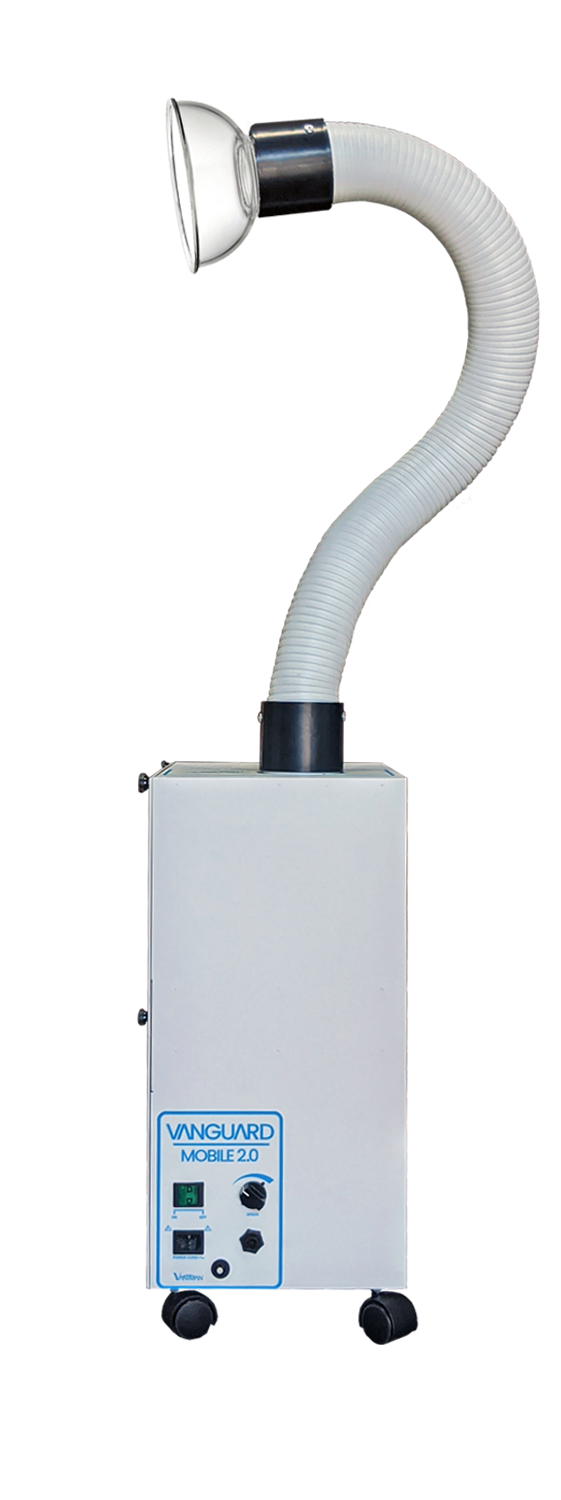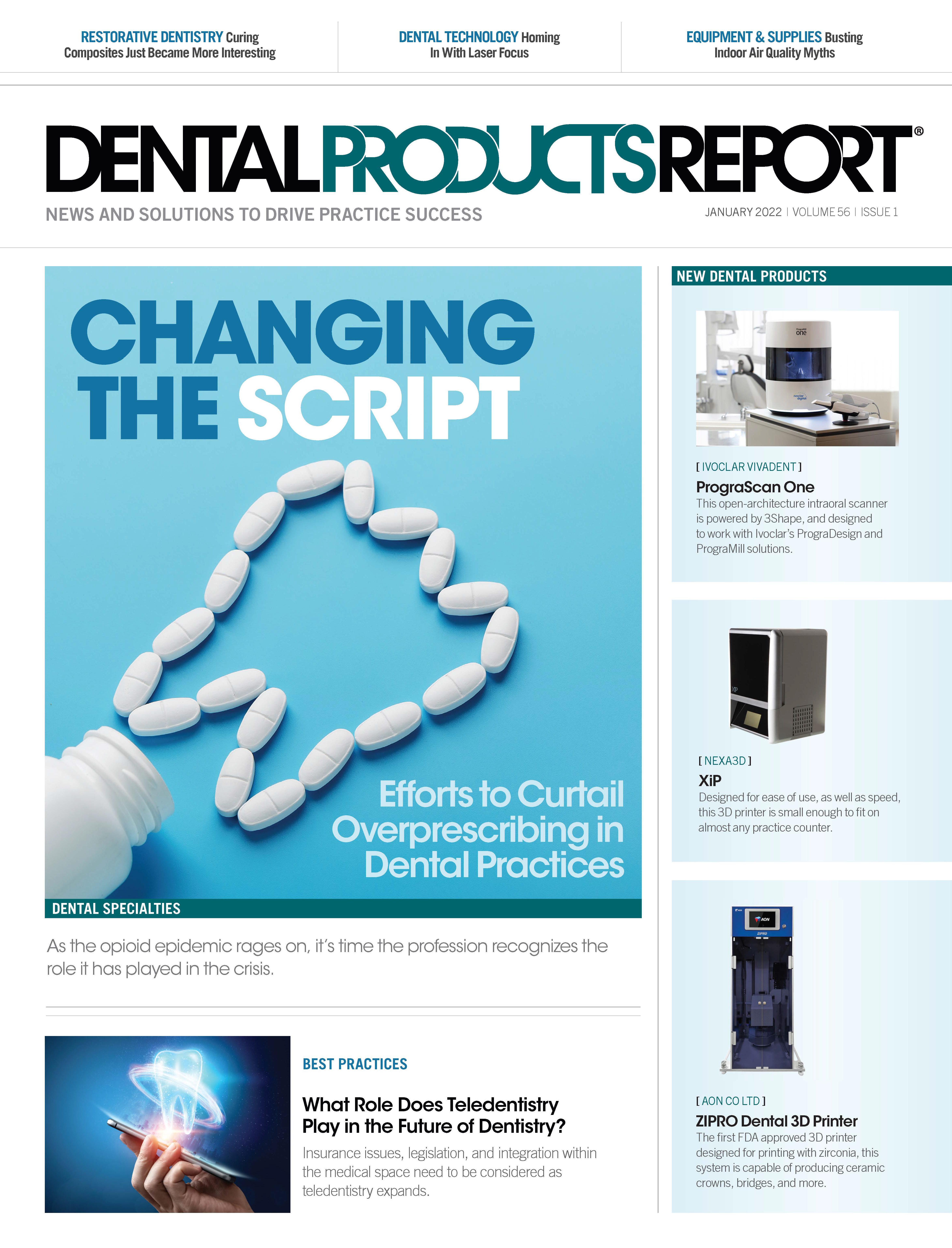Busting Indoor Air Quality Myths
Be aware of misconceptions that can prevent you from improving overall air quality and safety for dental practices and dental labs.
Infection prevention is a war waged on many fronts. It can be likened to a real conflict, with battles fought on the ground (surface cleaning and disinfection), in the water (line maintenance and filtering), and in the air (quality and filtering).
As in a military operation, victory comes down to solid strategy and the right resources. To win an air battle against contaminants, the dental practice must have the best equipment for the job and know how to use it.
Vaniman Manufacturing, based in Murrieta, California, makes air filtration systems and dust collection solutions. It has chiefly served the dental lab market but is now focusing on clinics. Bil Gaines, Vaniman’s marketing manager, notes that some air quality myths can stand in the way of improving overall air quality and safety.
Myth #1: More Is Always Better
Gaines warns of a trend by equipment manufacturers, who promote products rife with features. But, he observes, practices may not need extra bells and whistles.
The Pure Breeze HEPA Air Purifier is a portable air purifier that scrubs the air of dust, chemicals, and biological hazards.

“We have found that there are a lot of units out there that boast a lot of features that are unnecessary,” Gaines says. “Our air purifier unit is commercial grade. It’s got 4 stages of filtration, the last being a 4-in-thick HEPA filter, but we don’t have anything else. We don’t have ionization or bipolar ionization, or we don’t have ultraviolet germicidal irradiation (UVGI) in our units.
That’s actually a very bad idea because the unit pulls air quickly—you’re looking at these at 30, 40, 50 mph. UVGI is not a bug zapper. It’s not instantaneous. It takes several seconds for it to break down the virus, so you’re not actually killing any virus with air that’s rushing past it. And if your UV light is pointed at the filter that traps the virus anyway, the UV is just going to break down the filter overnight.”
Those extra features are not only ineffective, but they bump up the price, he says. “In most cases, it’s a waste of money,” Gaines says. “It can be detrimental. The same goes for a lot of bipolar ionization technologies that you’ll find in air purifiers. The gist is that they changed the heaviness of these particulates so that they just drop to the floor instead of floating in the air.”
Even worse, he says, some of those units can create more dangerous environments. “In certain cases, this can have an effect of creating chemicals in the air that you do not want to breathe, especially in a health care setting like a dentist’s office,” Gaines says. “Unless exactly what you’re doing has been tested by independent third-party sources, it’s an unnecessary risk. There’s been one company that made some bipolar ionization units that is undergoing a massive class-action lawsuit because [the units] were producing toxins in the air.”
The important features to look for, he says, are those recommended by the Centers for Disease Control and Prevention (CDC), specifically HEPA filtration. “The CDC specifically says [it doesn’t] recommend anything other than the HEPA,” Gaines says. “If you’ve got HEPA on there, then you, by definition, have a filter that captures 99.97% or better of all particulates that pass through it down to that small size, 0.3 µm.
“The other thing that they want to look at would be how much air does it pass through?” he continues. “Is it a tiny little motor that barely passes anything through at all? Is it a small unit that you can just nail to a wall with 1 tack?”
Myth #2: You Must Spend a Lot of Money for Clean Air
If there is any upside to the SARS-CoV-2 virus, it is that it has underscored the need for clean, fresh air, especially in health care environments. However, some practices may be under the mistaken impression that they must spend a lot of money for pure air.
“There’s a minimum number of air changes per hour in a room that you want to get to,” Gaines says. “Six is the widely agreed upon air changes per hour. If your building ventilation is strong enough to pull all the room air out and replace it with either outdoor air or through a filter, then you’re good. But most building ventilation systems are not that strong; they can get 2 or 3 [air changes per hour] at best. So you supplement it with an in-room portable HEPA air purifier. That is what the CDC recommends.”
Be sure to check the system’s clean air delivery rate to ensure the practice is getting proper service. “The clean air delivery rate is exactly what it sounds like,” Gaines explains. “It’s how fast and how much clean air the unit provides. Cubic feet per minute is the typical unit that you would see a motor rated for. Ours is just a little bit under 300 cu ft/min, and in a roughly 1000-sq-ft room with a standard 8-ft ceiling, that gets you an additional 3 air changes per hour. So there’s a little bit of math involved, but you don’t have to crunch the numbers. You can intuit it. If it says, ‘This is designed for a 1000-sq-ft room,’ you know you can take that. But you should also ask what the air changes per hour are in that 1000-sq-ft room.”
Practices need not revamp their entire building air filtration system. They can still get good results by supplementing with portable units.
Vaniman’s Vanguard Mobile 2.0 is an extraoral dental suction unit designed to safely capture chairside aerosols.

“Talk to the facilities guy,” Gaines says. “Get as many air changes per hour as you can with your existing ventilation unit. If you’re going to do a full revamp of your HVAC system, that’s going to take a lot of time and cost a lot of money. You could just supplement with a portable HEPA filter, but you want to, basically, get the air as clean as you can. It also helps to pull from an outdoor area if you can. Obviously, we’ve got weather and there are problems like construction pollution. So opening a window is not always the best idea, but if it is a good idea then we always recommend that. Basically, just try to keep the air as virus-free as possible.”
Myth #3: Either Masks or Air Filtration Can Do It All
The pandemic also reinforced the necessity of personal protective equipment. But masks alone are not sufficient, nor are air filtration units. It is best if they work in tandem.
“Nobody’s going to wear an N95 mask all day, all the time when they’re indoors or 100% of the time when they’re less than 6 feet from people, even in an outdoor setting—especially in a dentist’s office,” Gaines says. “If you’re getting oral treatment, you cannot wear a mask. You must have your mouth wide open, with access for the hygienist and the dentist. But masks are the best source capture. So masks stop the spread from you, more than they protect you if the spread is already in the air.
“If people wear masks indoors, you can slow the spread by up to 50%—even if it’s a simple cloth mask,” he continues. “So masks are great.”
High-volume evaluation systems also keep airborne contaminants contained.
“When the patient is in the chair with their mouth wide open, if they’ve got an extraoral suction device, then they can stop 84% of the aerosols that come out from floating to the rest of the room,” Gaines says. “You can capture it right there, beside the patient’s mouth. And then, obviously, include in-room, portable HEPA filtration and building ventilation.”
Those methods work together.
“If you’re looking to slow the spread of COVID-19 and you’re using what you should be using, in addition to masks, is building ventilation,” Gaines says. “You want to get the bad air out and the good air in. And if you don’t have strong enough ventilation to do that at a sufficient pace, then the CDC recommends you supplement with a portable HEPA air purifier—and they specifically do not recommend air purifiers with UVGI or ionization of any sort, just because they don’t know for sure that it’s not harmful. We breathe out aerosols and the virus travels on those aerosols. HEPA filtration captured things, so if you’ve got a HEPA air filter pushing air through it, you are able to capture a minimum of 99.97% of contaminants.”
Just like the military going into battle, dental practices must wage war against contaminants—like viruses and bacteria—on many fronts, and they need to do it with the precision, skill, and resources of a seasoned general.
